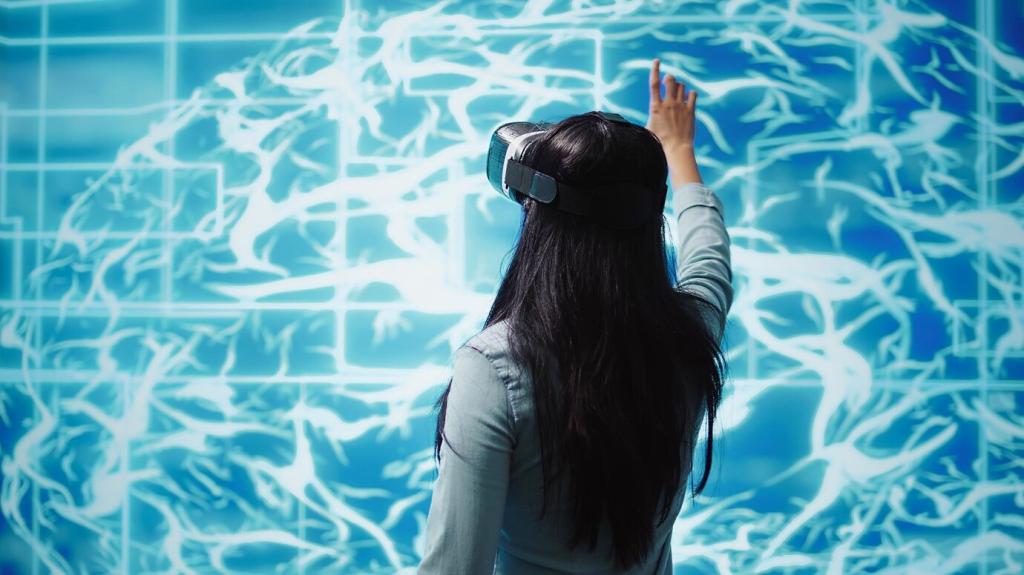Energy-Efficient Smart Homes: Innovations for Sustainable Living
Embracing energy-efficient smart home technology is rapidly transforming the way we live, offering innovative solutions that prioritize both sustainability and convenience. These advancements allow homeowners to reduce their ecological footprint while enhancing comfort, security, and cost savings. The integration of intelligent systems and renewable energy sources is setting the stage for a more sustainable future, where modern living meets environmental responsibility. This page explores the latest developments in smart home energy efficiency and delves into the ways these innovations are reshaping the residential landscape for greener, smarter living.

Intelligent Energy Management Systems
Automated Climate Control
Automated climate control systems are revolutionizing the way homes maintain comfort levels while conserving energy. Using smart thermostats and occupancy sensors, these solutions adjust heating and cooling according to the presence of occupants and individual preferences. Machine learning algorithms study usage patterns to anticipate temperature needs, meaning the system can pre-heat or cool rooms as required, drastically cutting energy waste. The integration of local weather forecasts and solar gain data ensures that climate settings are optimized dynamically, striking the perfect balance between comfort and efficiency.
Smart Lighting Solutions
Smart lighting technologies harness advances in LED technology and controls to deliver optimal illumination with minimal energy use. Connected bulbs, dimmers, and occupancy sensors ensure that lights are only active when needed, responding to movement and ambient light levels. Users can personalize lighting schedules through smartphone apps or voice commands, reducing consumption during unoccupied hours. Furthermore, advanced color tuning not only enhances ambiance but allows for adjustments that align with circadian rhythms, supporting both well-being and sustainability in the home environment.
Real-Time Energy Monitoring
Real-time energy monitoring tools empower homeowners with comprehensive insights into their power consumption patterns. By visualizing which appliances and systems draw the most energy, residents can make informed decisions to modify usage and reduce excessive demand. These platforms often provide actionable recommendations, fostering behavioral changes and nudging occupants toward more sustainable practices. Over time, this transparency facilitates noticeable reductions in energy bills while contributing to long-term environmental goals.
Solar Power Utilization
Solar power is at the forefront of renewable integration in smart homes, with photovoltaic panels becoming both more efficient and accessible. Advanced inverters and monitoring systems optimize the conversion and use of solar energy, directing excess power to batteries or back into the grid. Smart home systems can schedule high-consumption appliances, such as laundry machines or electric vehicle chargers, to operate when solar output peaks, maximizing self-consumption. The combination of solar generation with intelligent controls minimizes dependency on traditional energy sources and supports a more sustainable lifestyle.
Smart Energy Storage Solutions
Smart energy storage solutions, such as home battery systems, ensure the reliable availability of renewable energy. These storage units capture excess energy produced during peak solar or wind conditions, releasing it for use during nighttime or grid outages. Integration with energy management systems allows for intelligent charge and discharge cycles, optimizing utility rates and ensuring critical devices remain powered. Such setups not only guard against energy price volatility but also enhance a household’s resilience while supporting sustainable energy consumption.
Enhancing Home Comfort and Health
Maintaining excellent indoor air quality is a central goal in energy-efficient smart homes, especially as tighter, insulated spaces can impact ventilation. Smart ventilation systems monitor air quality indicators such as CO2 levels, humidity, and volatile organic compounds, making real-time adjustments to air flow. Purification units equipped with HEPA filters and intelligent controls can operate when pollutants are detected, ensuring a healthy indoor environment. This proactive approach not only safeguards resident health but also optimizes the energy used in maintaining fresh, comfortable air.
